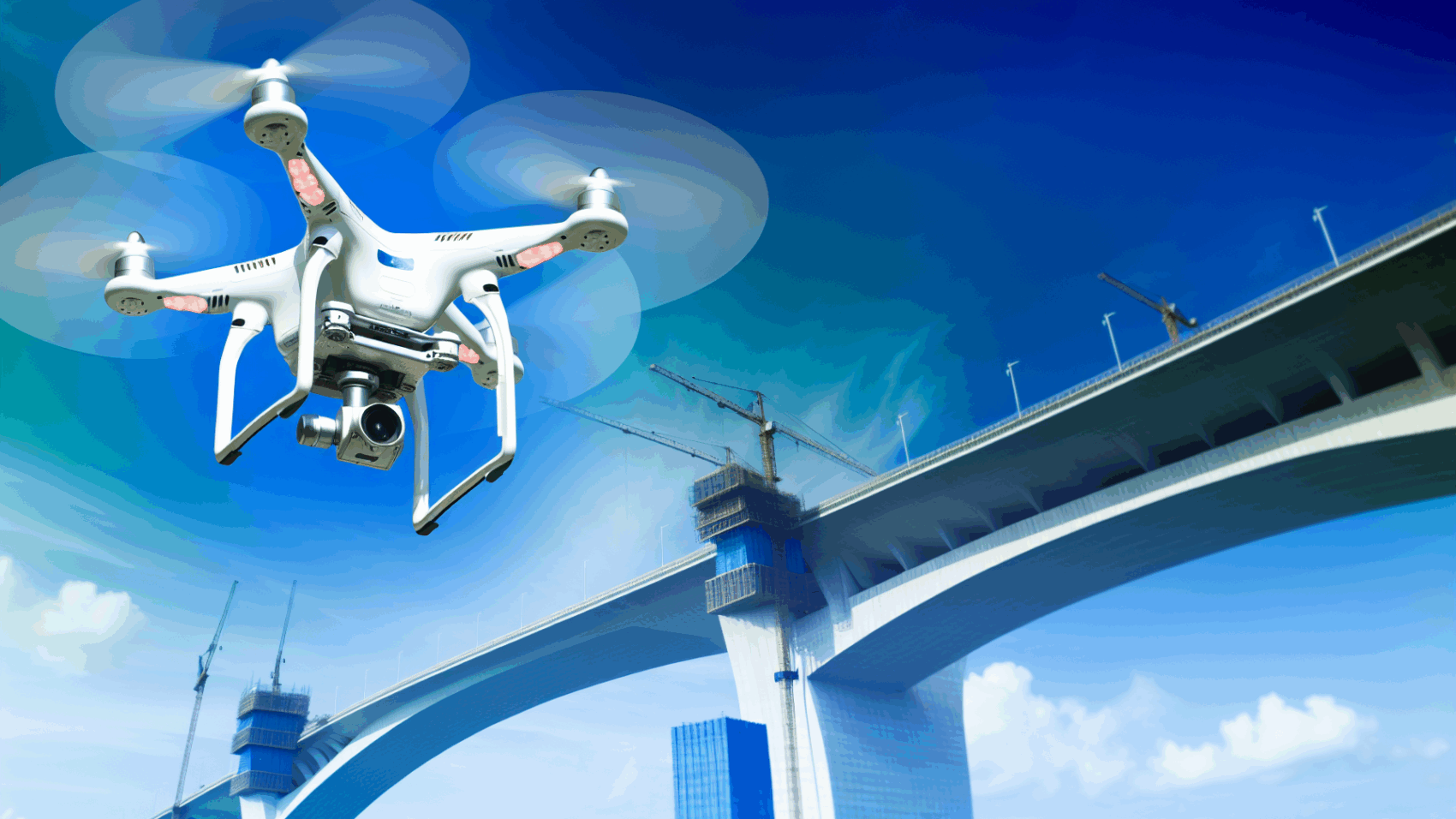Discover the transformative effects of drone technology on maintenance practices. Explore how unmanned aerial vehicles (UAVs) revolutionize inspection and surveillance, offering efficiency, safety, and game-changing insights.
Revolutionizing Maintenance with UAV Technology
The transformative power of Unmanned Aerial Vehicles (UAVs) or drones in revolutionizing traditional maintenance routines cannot be overstated, particularly in terms of safety, efficiency, and data accuracy. By enabling remote inspections, drones have greatly reduced the need for human entry into potentially hazardous environments. High-risk areas, such as tall structures, power lines, and large agricultural farms, can now be inspected from a safe distance, ensuring worker safety and reducing the likelihood of accidents.
Drones have ushered in a new era of operational efficiency. The time required for inspections has drastically reduced, as UAVs can cover vast areas rapidly, eliminating the need for scaffolding, cranes, or other heavy machinery typically required for manual inspections. This agility translates into significant cost savings and minimizes downtime for maintenance, especially critical in sectors like energy, where every minute of downtime can equate to substantial financial losses.
The precision of data collected by drones, equipped with state-of-the-art technology such as thermal imaging and high-resolution cameras, exceeds that of traditional methods. Thermal imaging allows for the identification of potential issues invisible to the naked eye, such as overheating components or energy loss, enabling preventative maintenance measures. The ability of drones to transmit real-time data to operators further enhances decision-making processes, allowing for immediate action where necessary.
Initially developed for military applications, drones have seamlessly transitioned into the commercial sector, marking a significant evolution in maintenance practices. As their use expands, regulatory considerations have become pivotal to ensure safe and responsible operations. Guidelines and regulations governing UAV operations are continuously being developed and refined, balancing innovation with safety and privacy concerns.
The deployment of drones across various sectors, including infrastructure, agriculture, and energy, exemplifies the far-reaching impact of this technology. In infrastructure, UAVs are employed for the inspection of bridges, buildings, and other structures, identifying potential issues early on to prevent structural failures. In agriculture, drones monitor crop health, optimize pesticide application, and manage water usage efficiently. The energy sector benefits through the inspection of wind turbines, solar panels, and power lines, ensuring consistent service delivery and preventing outages.
Through practical applications and the integration of advanced technologies, drones have redefined maintenance routines, marking a significant leap towards operational excellence and safety. Their continued evolution from military to commercial maintenance highlights the agility of drone technology, promising further enhancements in efficiency, safety, and data accuracy as regulatory frameworks evolve to support their expanding role.
Conclusions
Throughout the article, we’ve seen the undeniable benefits that drone technology brings to the field of maintenance. These flying sentinels offer enhanced safety, superior efficiency, and critical data insights, enabling a proactive stance on upkeep and revolutionizing industry practices.

